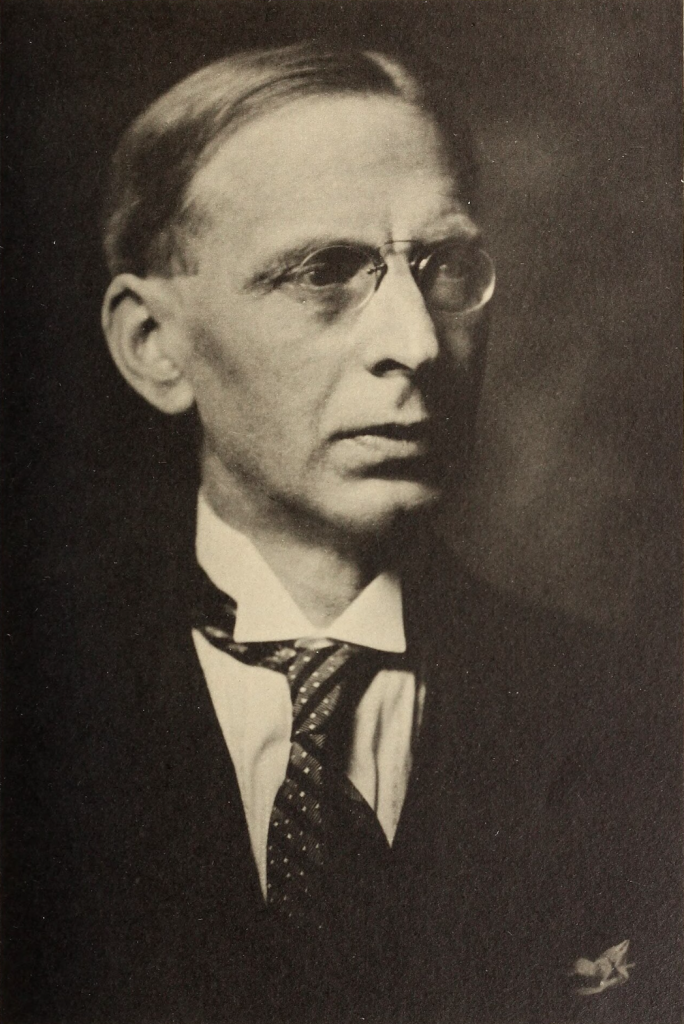
At the beginning of the 20th century, German-American sinologist Berthold Laufer (1874-1934) recorded nearly 1,500 minutes of Chinese folk singing, melodies, and instrumental music on four hundred wax cylinder phonograph records. These recordings include precious audio archives. In the Shanghai segment (1901), he captured the existing state of various traditional genres, such as Wu-language folk songs, Tanhuang plays, and Qin opera. The Beijing part (1902), mostly recorded during live performances, showed the early incorporation of local folk tunes (like Singing of the Spring Tune and Wugeng Tune) into the narrative singing performances of the Beijing-Tianjin area. His collection also includes instrumental recordings of Liu Tianhua and Abing.
Laufer’s field recordings from 1901 and 1902 captured the fading sounds of an old era, providing invaluable early resources for the history of Chinese music. These recordings are considered by many scholars to be among China’s earliest field recordings and are widely recognized as some of the earliest recordings in the country. Laufer’s collection, from an anthropological perspective, faithfully documented the local folk social life of early 20th-century China. It included not only music and lyrics but also the vibrant ambient sounds of the surroundings, offering a rich sense of being there.
Laufer’s collection holds special significance for the Chinese academic community. Compared to the sporadic recordings made in China during the same period, his collection is not only extensive but also comes with comprehensive accompanying pictorial and textual materials, making it highly documentary. Through Laufer’s collection, one can observe the evolution of Chinese music at that time, including the tunes of operas before their formal establishment, the developmental process of a folk song or tune, and the early forms of various musical genres.
The wax cylinder recorder
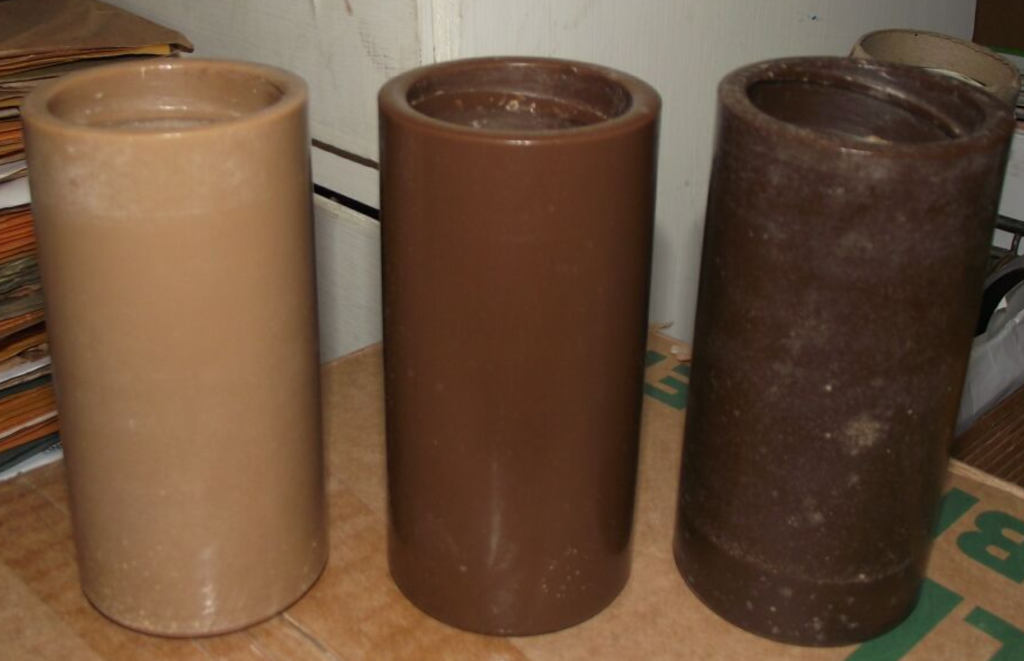
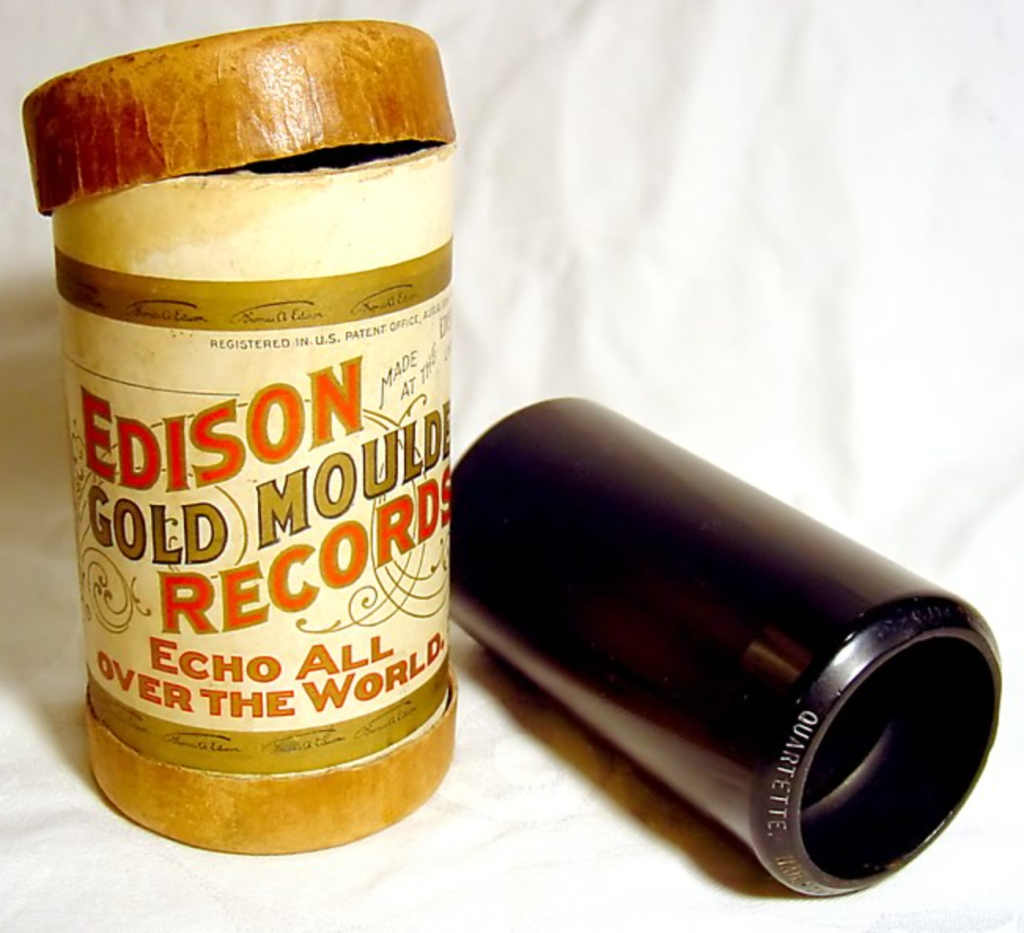
The wax cylinder recorder was an early sound recording and playback device invented by Thomas Edison in 1877 and was known as the phonograph or Edison gramophone. The core component of this tape recorder is a wax cylinder, the surface of which is used to record sounds. The wax cylinder recorder works by capturing sound waves through a mechanical system.
When recording, sound is introduced through a funnel-shaped speaker, which vibrates a needle connected to a diaphragm. This needle inscribes tiny grooves on the surface of the wax cylinder as the diaphragm vibrates, thereby physically recording sound. During playback, the needle moves along these grooves, causing the diaphragm to vibrate. These vibrations are then amplified by the speaker to produce sound.
The main advantage of wax cylinders is the ability to re-record multiple times. Before recording new sounds, the original recording can be removed by heating and smoothing the surface of the wax cylinder. However, the wax cylinder is soft and easily damaged, and the recording time is limited, usually only a few minutes of sound can be recorded. As the years progressed, the gramophone cylinder used was also improved, and the material was made harder so that the cylinder could still maintain sound quality after being played many times.
Wire recorder
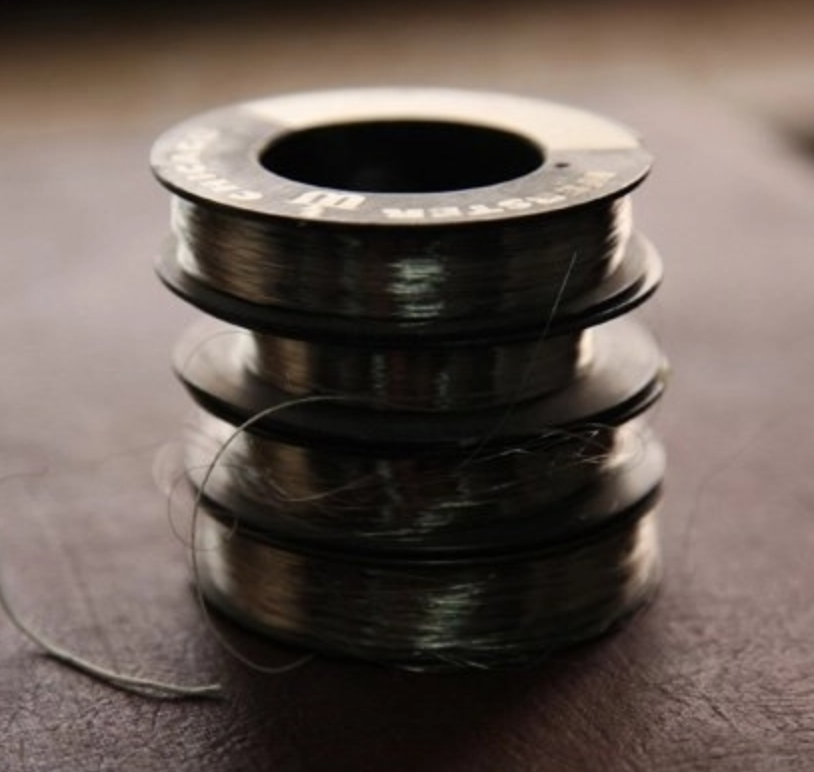
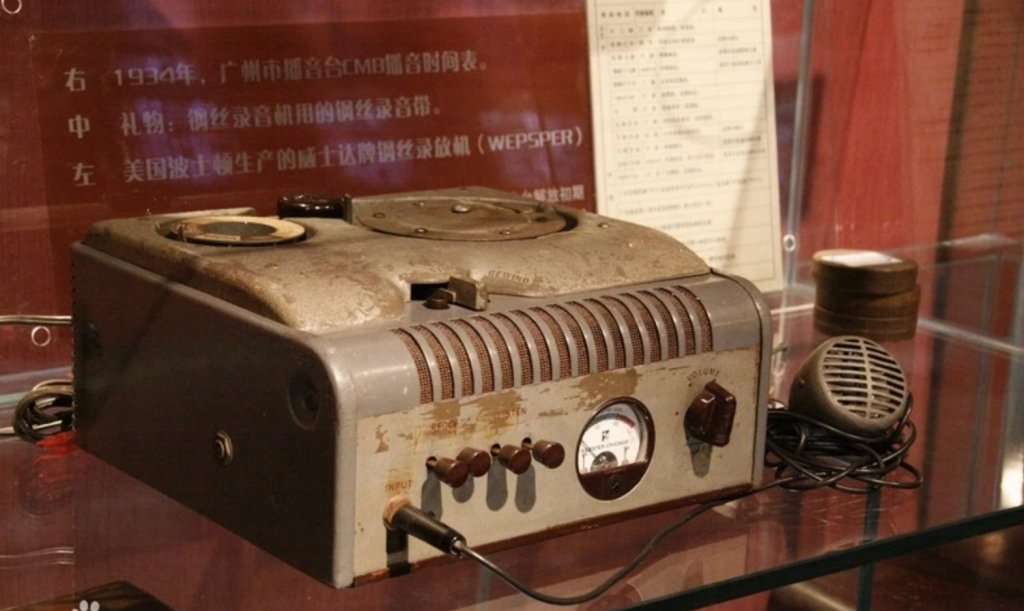
The wire recorder is an old-fashioned recording device that uses a fine steel wire as the medium to magnetically store analog audio signals. This technology was developed towards the end of the 19th century and first appeared around 1898. Compared to earlier wax cylinder recorders, wire recorders offered a more durable and long-lasting method of recording.
The operating principle of a wire recorder is similar to that of a wax cylinder recorder, but it uses a fine steel wire instead of a wax cylinder. During recording, sound enters through a funnel-shaped horn, driving a recording head connected to a diaphragm, which contains an electromagnet. The sound waves cause the diaphragm to vibrate, thereby creating a varying magnetic field in the electromagnet, which is then recorded on the steel wire as it moves through the recording head.
For playback, the wire passes through the same recording head (or a specialized playback head). The changes in the magnetic field recorded on the wire generate an electrical signal, driving a speaker or headphones to reproduce the sound.
One advantage of wire recorders is that the steel wire can be reused and is relatively durable. Additionally, wire recorders can record for much longer durations, typically up to several hours. However, the sound quality is generally not as good as that of later magnetic tape recorders or other recording technologies.